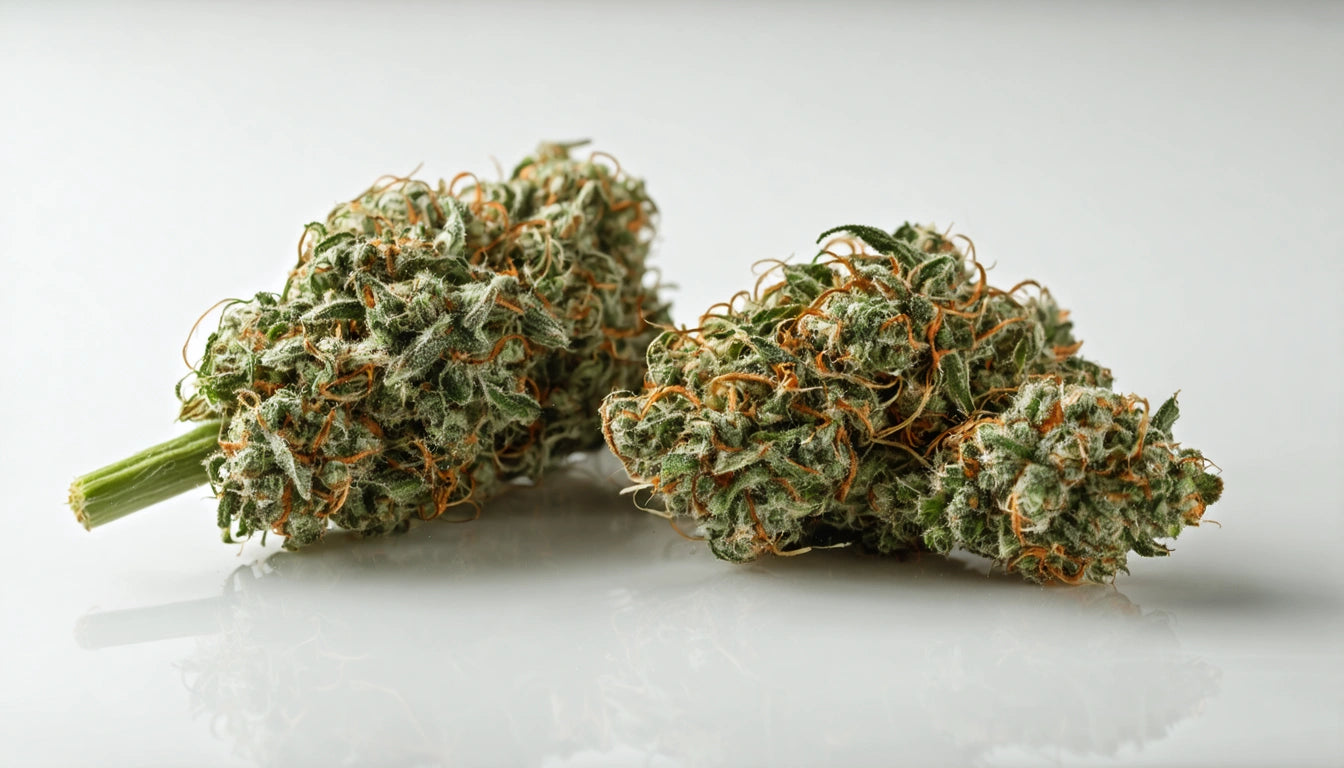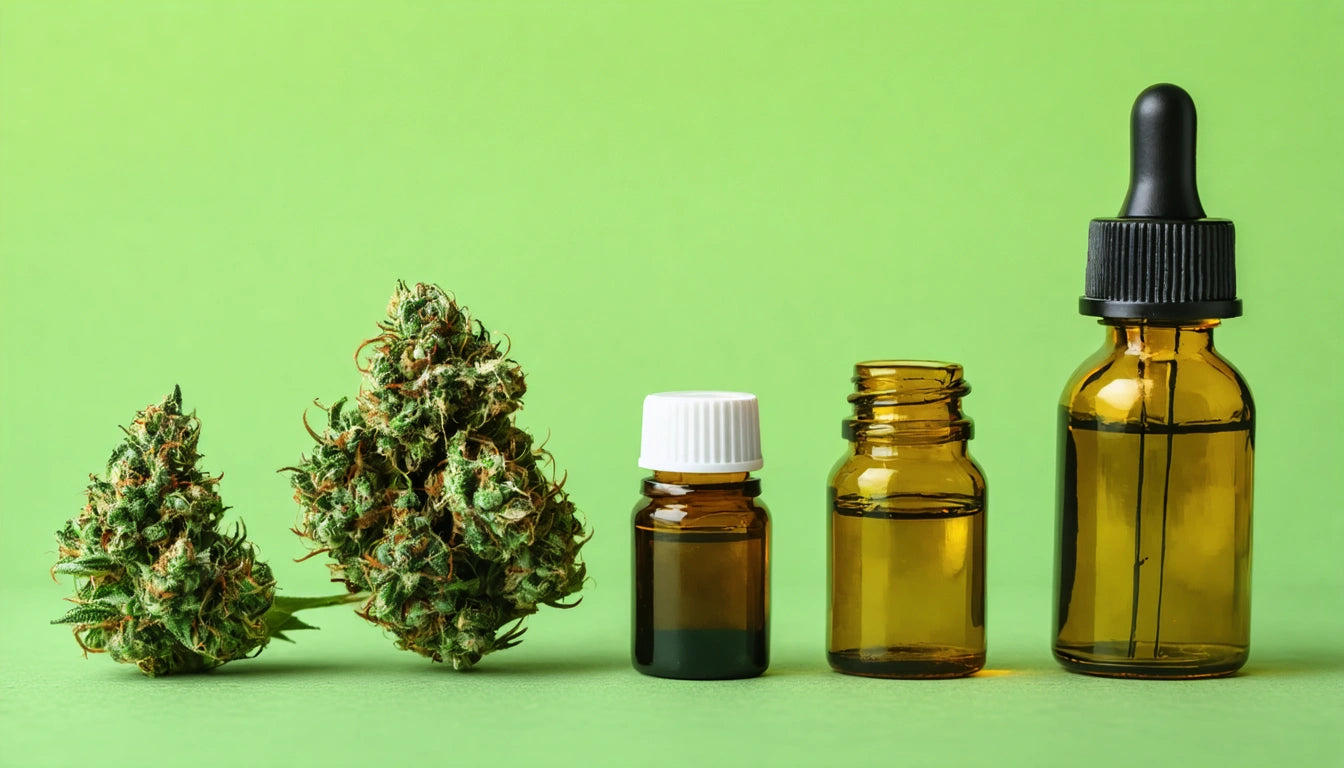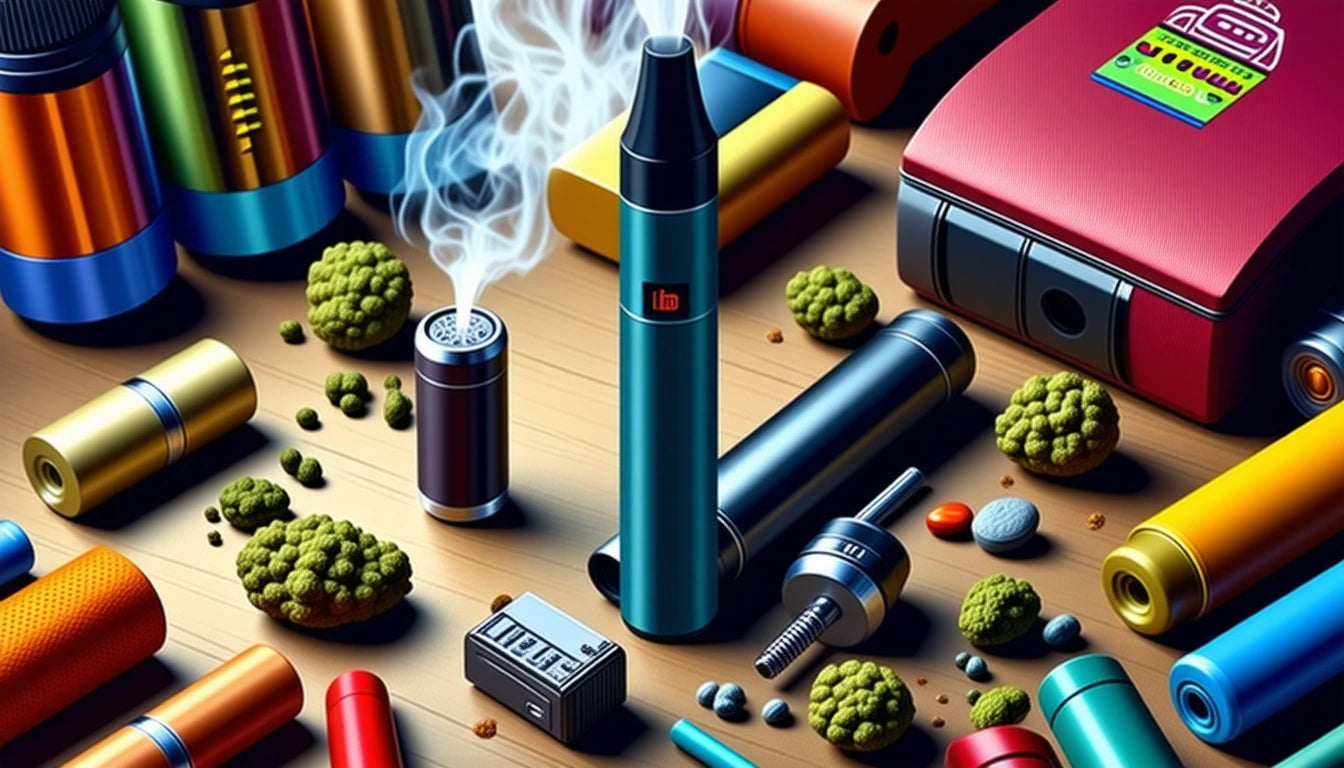Table of Contents
- Visual Indicators of Quality Cannabis
- The Aroma Profile: What Good Weed Smells Like
- Texture and Moisture Content Assessment
- Potency and Effects Evaluation
- Contaminant Detection: Identifying Harmful Additives
- Proper Storage for Maintaining Cannabis Quality
- Advanced Assessment Techniques for Cannabis Connoisseurs
How to Identify Quality Weed: Tips for Spotting Good from Bad
Whether you're a seasoned cannabis enthusiast or new to the experience, knowing how to tell good weed from bad is an essential skill. Quality cannabis not only provides better effects and flavor but also ensures a safer consumption experience. This comprehensive guide will walk you through the key indicators that help determine if your cannabis is top-shelf or subpar.
Visual Indicators of Quality Cannabis
The appearance of cannabis provides immediate clues about its quality. When examining buds visually, focus on these characteristics:
Color and Vibrancy
High-quality cannabis typically displays vibrant colors. Look for rich greens ranging from light sage to deep forest, often with purple, orange, or blue accents. Poor quality weed often appears dull, brown, or yellowish, indicating improper curing or aging.
Trichome Presence
Trichomes are tiny crystal-like structures that contain cannabinoids and terpenes. Quality buds should be covered in these glistening resin glands that give cannabis a frosty, sparkly appearance. A lack of trichomes often indicates low potency or poor growing conditions.
Bud Structure
Well-grown cannabis has dense, compact buds that maintain their shape when gently squeezed. Loose, airy buds with visible stems typically indicate lower quality or improper growing techniques. However, it's important to note that some sativa strains naturally have a more open bud structure.
The Aroma Profile: What Good Weed Smells Like
The smell of cannabis is one of the most reliable indicators of its quality. Your nose can tell you a lot about whether weed is good or bad:
- Complex, pronounced aroma: Quality cannabis has a strong, distinctive smell that might be earthy, fruity, diesel-like, citrusy, or piney depending on the strain.
- Freshness: Good weed smells fresh and aromatic, not musty or hay-like.
- Absence of chemical smells: Any chemical, ammonia-like, or artificial scents may indicate improper flushing, curing, or even contamination.
If your cannabis has little to no smell or smells like hay, it likely wasn't properly cured or has aged significantly. Learning how to identify sprayed or fake weed is also crucial for ensuring you're consuming a natural product.
Highlight: The terpene profile of cannabis is responsible for its distinctive aroma and contributes to the entourage effect. A rich, complex smell typically indicates well-preserved terpenes and higher quality.
Texture and Moisture Content Assessment
How cannabis feels provides valuable information about its quality and freshness:
The Perfect Balance
Quality cannabis should be slightly sticky due to resin content but should break apart without crumbling to dust. It should neither be too wet (which can lead to mold) nor too dry (which indicates poor curing or old product).
Stem Snap Test
Try bending a small stem. Good quality, properly cured cannabis will snap cleanly rather than bend. If it bends like a green twig, it may be too moist and improperly cured. If it crumbles to powder, it's likely too old and dry.
For long-term storage that maintains this optimal texture, many enthusiasts use specialized storage solutions like mylar bags that help preserve freshness and prevent moisture loss or contamination.
Potency and Effects Evaluation
While visual and tactile assessments are important, the ultimate test of cannabis quality lies in its effects:
- Clean high: Quality cannabis produces clear, consistent effects without headaches or unusual discomfort.
- Smooth smoke: When consumed, good weed should provide a smooth inhale without excessive harshness or coughing.
- Ash color: When burned, quality cannabis typically produces white or light gray ash rather than black ash, which may indicate impurities or improper flushing.
Understanding the differences between good and bad weed in terms of effects can help you make better purchasing decisions and enhance your overall experience.
Contaminant Detection: Identifying Harmful Additives
Safety should always be a priority when consuming cannabis. Here's how to spot potentially harmful contaminants:
Mold and Mildew
Inspect buds carefully for white powdery or fuzzy spots that could indicate mold growth. A musty, basement-like smell can also signal mold presence. Moldy cannabis should never be consumed as it can cause respiratory issues and other health problems.
Pesticides and Chemicals
While harder to detect visually, chemical residues might create an unusual chemical taste or smell. Cannabis that causes headaches, throat irritation, or unusual symptoms may contain harmful residues. Learning how to identify if your weed is laced is essential for consumer safety.
If you're concerned about contaminants, consider testing your cannabis or purchasing from reputable sources that provide lab test results.
Proper Storage for Maintaining Cannabis Quality
Even high-quality cannabis can deteriorate if stored improperly. To preserve quality:
- Store in an airtight container away from light, heat, and humidity
- Maintain a consistent temperature between 60-70 °F (15-21 °C)
- Keep relative humidity between 59-63% (humidity control packs can help)
- Avoid plastic bags, which can create static and damage trichomes
Proper storage prevents terpene degradation, potency loss, and mold growth, ensuring your cannabis remains high-quality for longer periods.
Advanced Assessment Techniques for Cannabis Connoisseurs
As you develop experience in evaluating cannabis quality, you might want to adopt more sophisticated assessment methods:
Consider the entire growth cycle, from seed quality to cultivation practices. Organic, small-batch cannabis often demonstrates superior characteristics compared to mass-produced products.
Remember that quality assessment is subjective to some degree. What constitutes "good weed" may vary based on personal preference, consumption method, and desired effects. However, the fundamental indicators of freshness, proper cultivation, and careful handling remain universal benchmarks for quality cannabis.
By developing your ability to identify quality cannabis, you'll not only enhance your personal experience but also become a more informed consumer in an increasingly complex marketplace.











Leave a comment
All comments are moderated before being published.
This site is protected by hCaptcha and the hCaptcha Privacy Policy and Terms of Service apply.